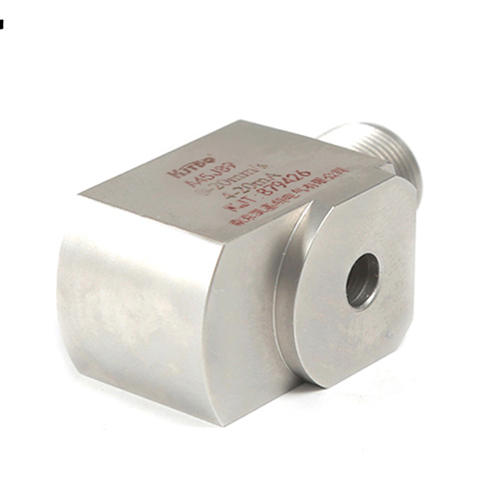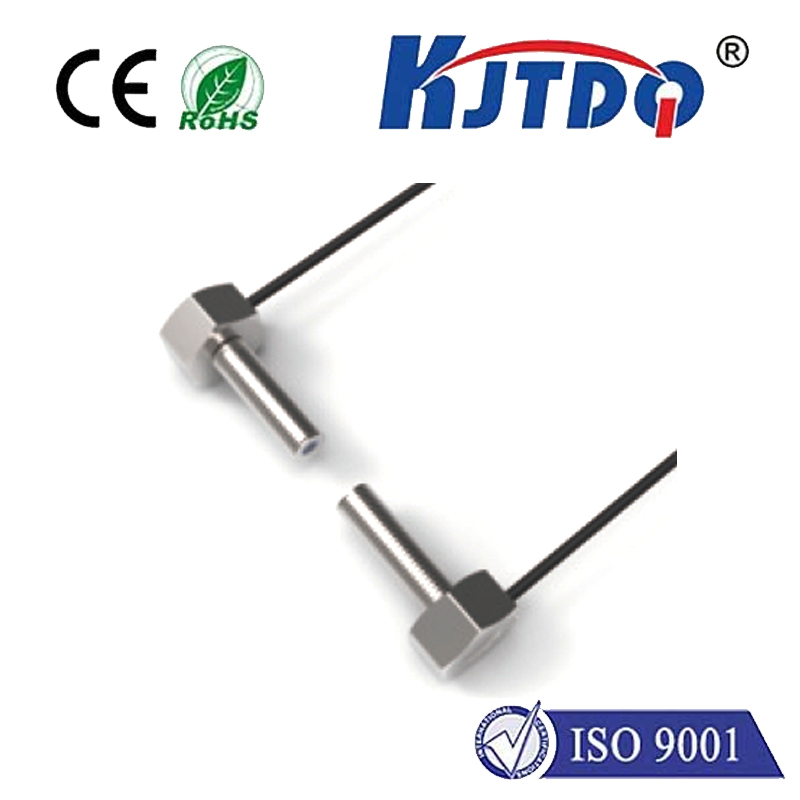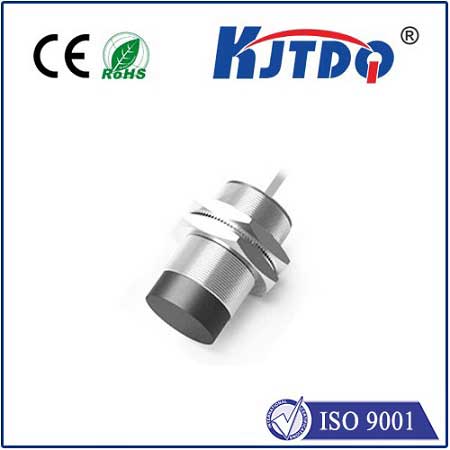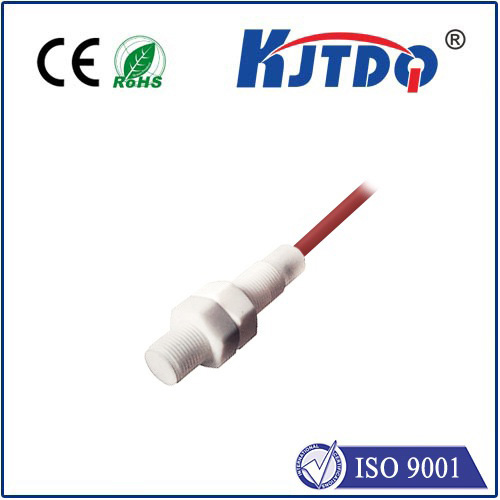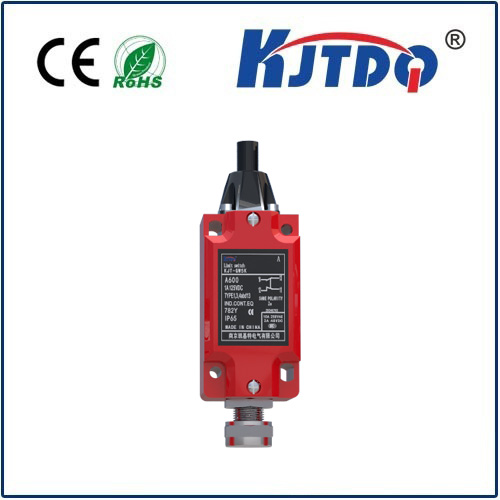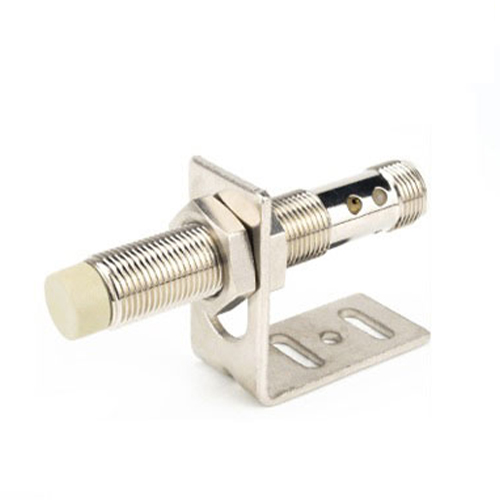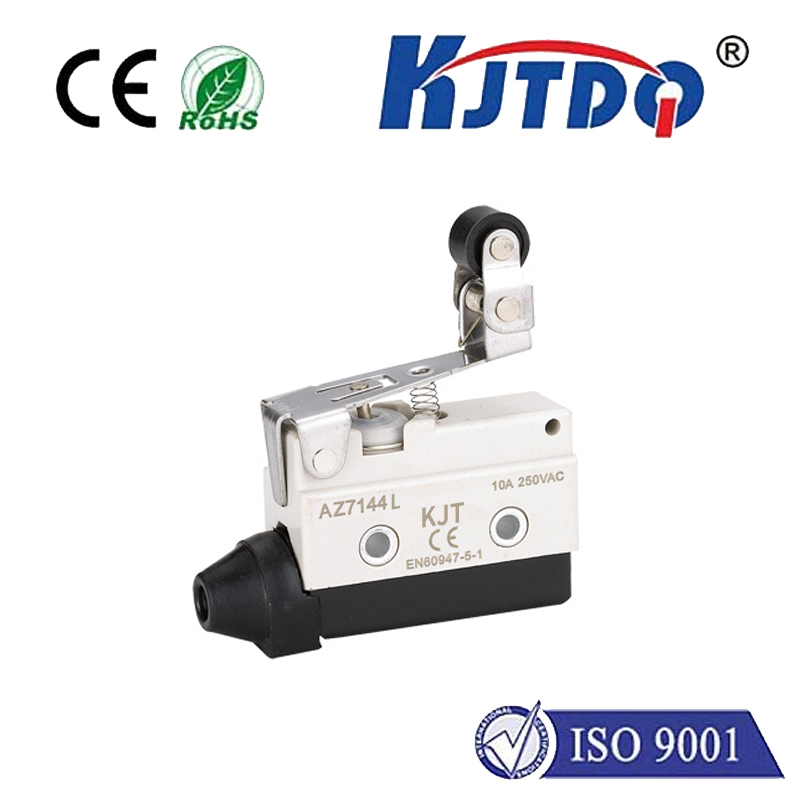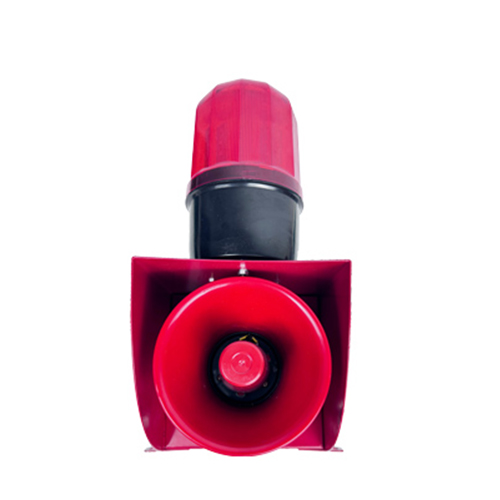

check

check

check

check

check

check

check

check

check

check
Title: The Revolutionizing Power of Laser-Based Sensors
Introduction:
Laser-based sensors have been a breakthrough innovation in the field of sensor technology. These cutting-edge sensors utilize lasers to measure various physical parameters with unprecedented accuracy and speed. With their ability to detect and analyze data at the nanoscale, laser-based sensors are revolutionizing industries ranging from healthcare and manufacturing to automotive and aerospace. In this article, we will delve deeper into the world of laser-based sensors, exploring their capabilities, applications, and future prospects.
Section 1: The Science Behind Laser-Based Sensors

Laser-based sensors operate by emitting a light beam that is focused through a lens or other optical device. The intensity of the light beam is then measured using photodetectors or other sensing mechanisms, which convert it into a numerical value that can be interpreted by software algorithms. By adjusting the wavelength and power of the laser, researchers can tailor these sensors to detect different physical properties such as temperature, pressure, humidity, and motion.
Section 2: Applications of Laser-Based Sensors
The potential applications of laser-based sensors are vast and varied. In healthcare, they can be used to measure vital signs like heart rate and blood pressure with high precision. In manufacturing, they can monitor production processes for quality control and safety purposes. In transportation, they can enhance autonomous driving systems by sensing obstacles and traffic patterns. In aerospace, they can help astronauts measure atmospheric conditions and perform complex repairs in space. Additionally,激光传感器在环保、安防、智能家居等领域也有广泛的应用前景。
Section 3: Advantages and Disadvantages of Laser-Based Sensors
Compared to traditional sensors, laser-based sensors offer several advantages. For one, they can achieve higher levels of accuracy and responsiveness due to their ability to detect small variations in light intensity. They also operate silently and do not produce any emissions, making them ideal for sensitive environments. However, laser sensors can be more expensive than their analog counterparts and require specialized expertise to operate and maintain. Furthermore, they have limitations in terms of range and weather conditions that can affect their performance.
Conclusion:
Laser-based sensors represent a significant advancement in sensor technology, offering unparalleled accuracy, speed, and reliability. As research continues to refine these sensors and overcome some of their current limitations, we can expect to see even more innovative applications emerge in various industries. From improving healthcare outcomes to advancing space exploration efforts, laser-based sensors are poised to revolutionize the way we perceive and interact with our environment.
